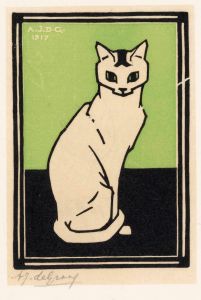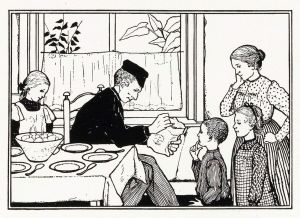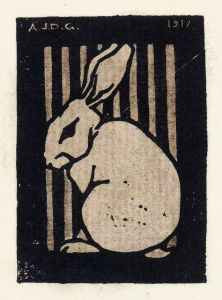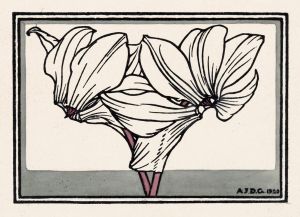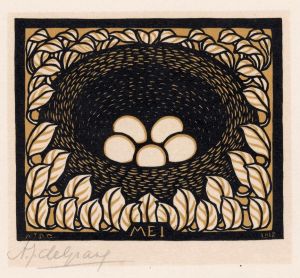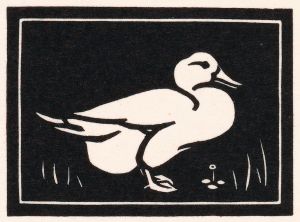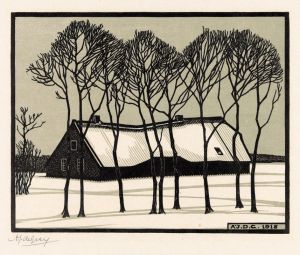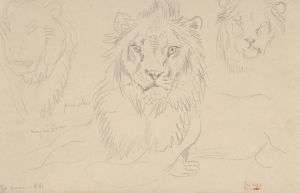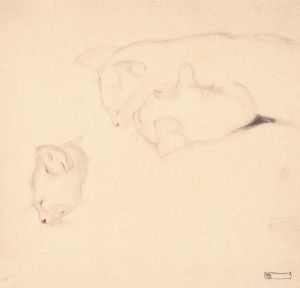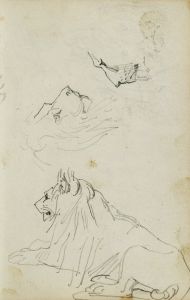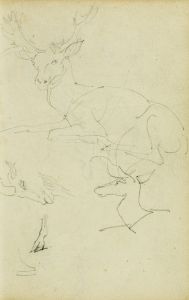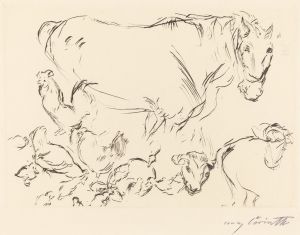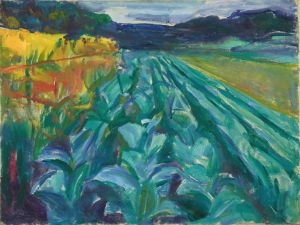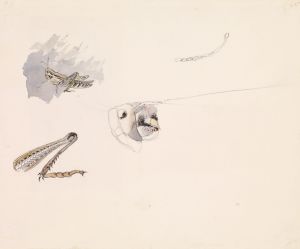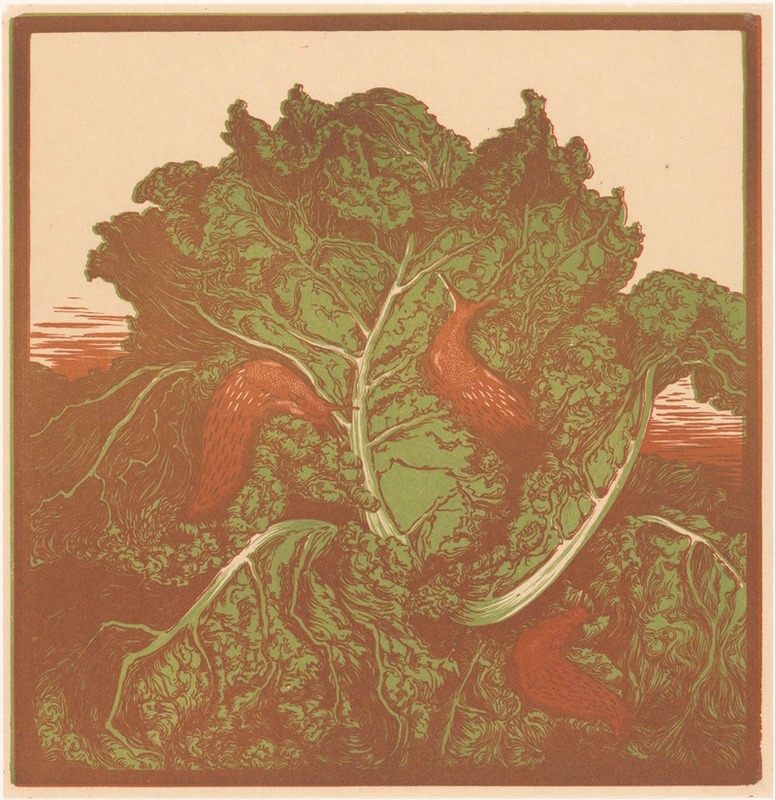
Drie naaktslakken op een kool
A hand-painted replica of Julie de Graag’s masterpiece Drie naaktslakken op een kool, meticulously crafted by professional artists to capture the true essence of the original. Each piece is created with museum-quality canvas and rare mineral pigments, carefully painted by experienced artists with delicate brushstrokes and rich, layered colors to perfectly recreate the texture of the original artwork. Unlike machine-printed reproductions, this hand-painted version brings the painting to life, infused with the artist’s emotions and skill in every stroke. Whether for personal collection or home decoration, it instantly elevates the artistic atmosphere of any space.
Julie de Graag (1877–1924) was a Dutch artist known for her detailed and stylized works, often created in the Art Nouveau and Symbolist traditions. One of her notable works, Drie naaktslakken op een kool (Three Slugs on a Cabbage), exemplifies her meticulous attention to natural forms and her ability to imbue everyday subjects with a sense of quiet beauty and precision.
This artwork, created in 1919, is a woodcut print, a medium that de Graag frequently employed. Woodcuts allowed her to achieve sharp contrasts and intricate details, which are hallmarks of her style. In Drie naaktslakken op een kool, de Graag depicts three slugs crawling on a cabbage leaf, rendered with remarkable clarity and simplicity. The composition focuses on the natural textures and forms of the slugs and the cabbage, emphasizing their organic qualities. The use of black and white in the woodcut enhances the stark contrast between the smooth, glistening bodies of the slugs and the veined, structured surface of the cabbage leaf.
De Graag’s work often reflects her deep interest in nature and her ability to find beauty in modest, unassuming subjects. This piece is no exception, as it elevates a seemingly mundane scene into a work of art that invites closer observation and appreciation. The choice of subject matter aligns with the broader Art Nouveau movement, which frequently drew inspiration from the natural world and sought to highlight its inherent elegance.
Julie de Graag’s career was relatively short, as she struggled with health issues and depression throughout her life. Despite this, she produced a significant body of work, including woodcuts, drawings, and paintings. Her art is characterized by its precision, restraint, and a sense of quiet introspection. Today, her works are appreciated for their technical skill and their ability to capture the essence of her subjects with simplicity and grace.
Drie naaktslakken op een kool is housed in the collection of the Rijksmuseum in Amsterdam, which holds several of de Graag’s works. The museum’s acquisition of her pieces has contributed to a renewed interest in her art, ensuring that her contributions to Dutch art and the Art Nouveau movement are recognized and preserved.





